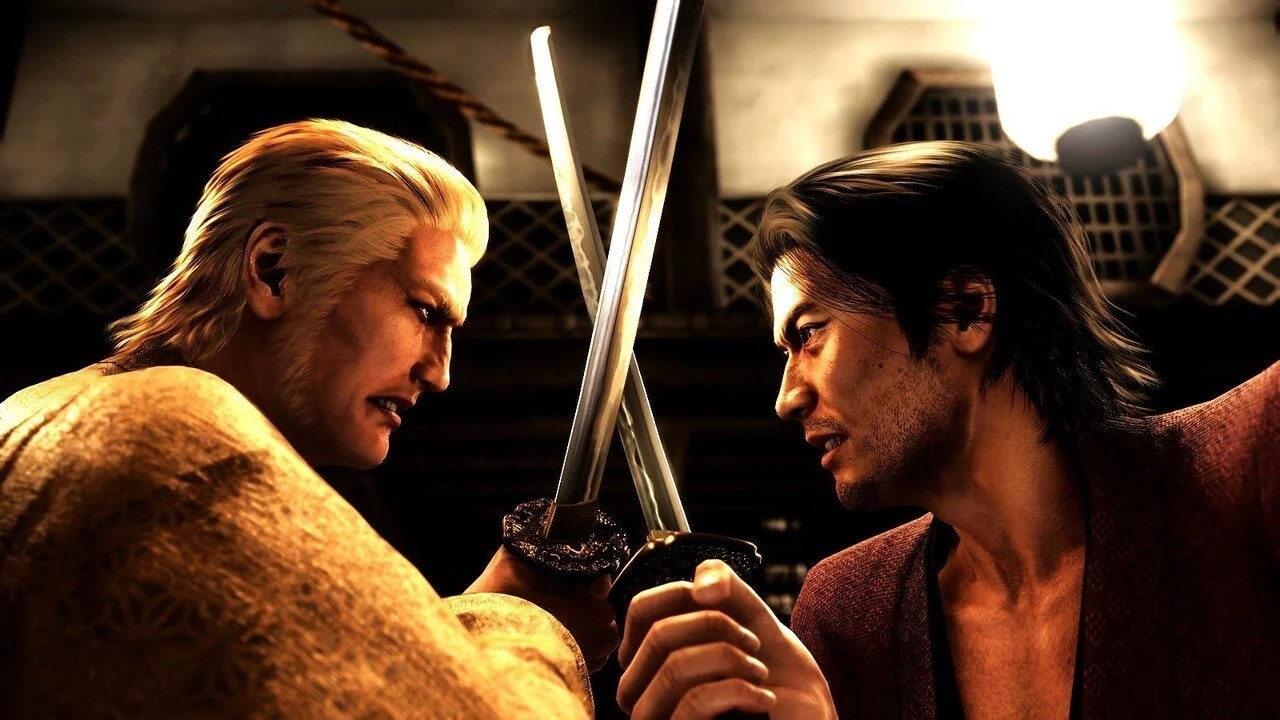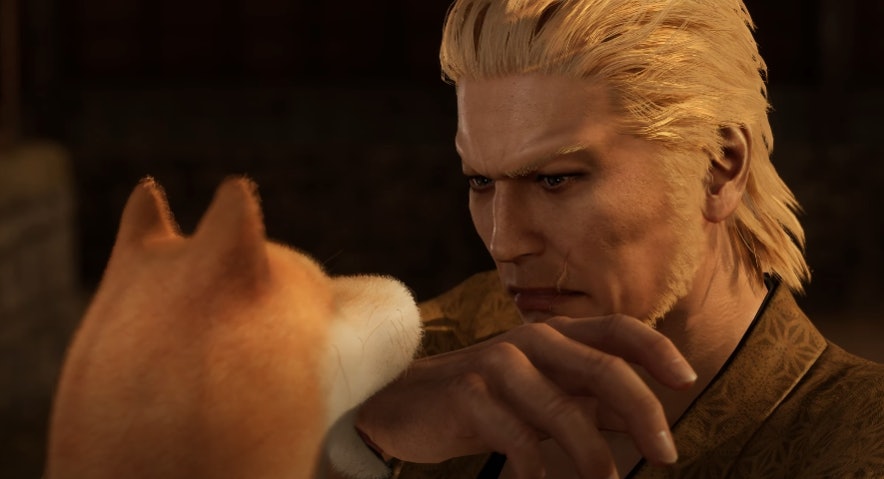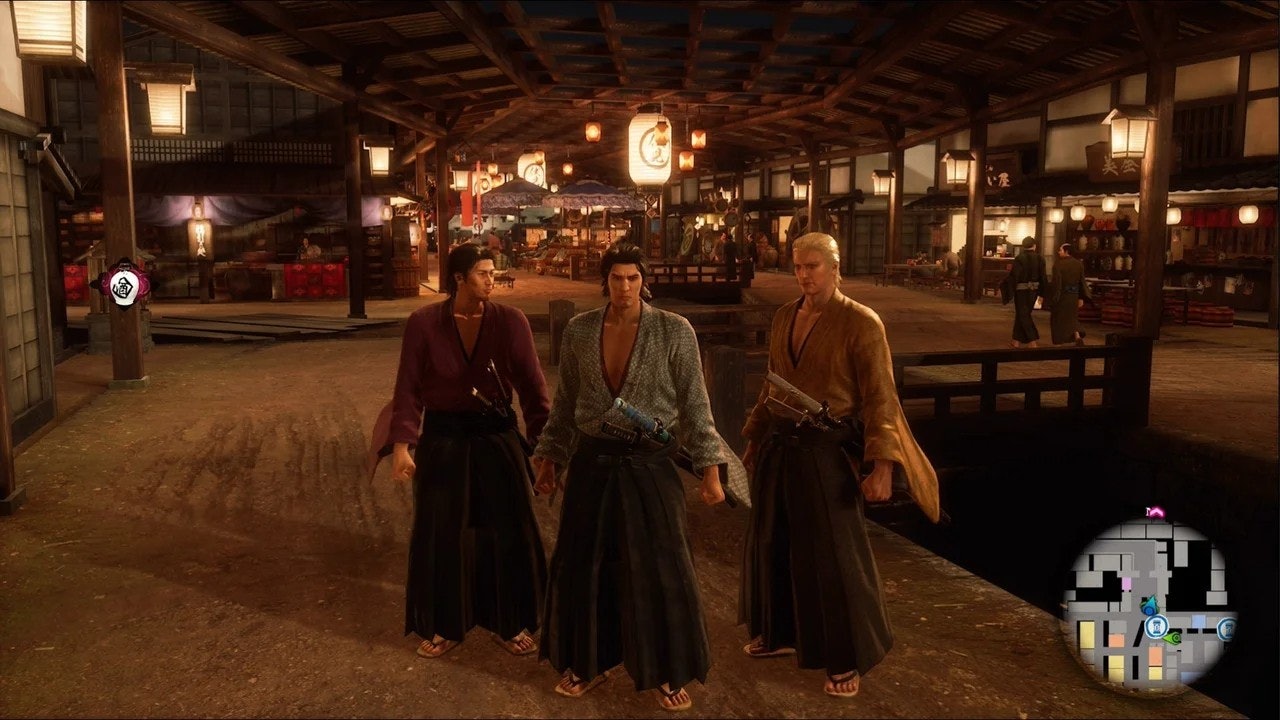
Like a Dragon Ishin takes the Yakuza series from the neon-lit streets of Kamurocho to the rustic locales of 1800s Japan, weaving a historically-charged Samurai story. While the spinoff definitely differs from the mainline Yakuza series in some crucial ways, it still retains the big goofy heart that has attracted thousands of fans over the years. Nowhere is this more abundantly clear than in Chapter 9 of Ishin, where one sequence feels like the epitome of everything Yakuza has achieved. As a heads up, there will be some major spoilers for Like a Dragon Ishin ahead.
Across Like a Dragon Ishin’s fourteen chapters, the drama and tension slowly ramps up, and things start coming to a head just over halfway through. Chapter 9 “Feud of the Ages” opens just after the protagonist, Ryoma, learns that his brother Takechi Hanpeita has been executed. This calls Ryoma’s entire mission into question and sends him into a depressive spiral as the only family he had in the world is now gone.

Ryoma quickly runs out of alcohol at the inn and decides to go on a bender in town, which long story short results in him running into Katsura Kogo and Saigo Kichinosuke, this game’s versions of Akiyama and Ryuji Goda. The key here is that Katsura and Saigo are leaders of two warring factions of the loyalist party, and either of them getting cut down could give the other’s faction control.
As tensions fly Ryoma cuts in, steals the two men’s swords, and essentially says they’re going to beat the hell out of each other with their fists. As if that wasn’t enough, one the brawl is over Ryoma throws his arms around the two men and says “Let’s get shitfaced.” What plays out is a hilarious montage of the three bar-hopping around Kyo, Ryoma crying and divulging his feelings, and generally just three tough “dudes” opening up to each other.
The whole sequence, like much of Yakuza, effortlessly pivots from serious drama to slapstick humor, and back again. It’s a wild hour-long ride with nearly a dozen moments bound to put a smile on your face, and you can’t help deny the charm of both the acting and storytelling.
What’s even more interesting about this sequence, however, is that it’s not just some random aside, it’s actually a crucial plot point that causes the two factions to agree to a truce, thereby allowing Ryoma’s plan to restore power to the Emperor to work.

Yes, Yakuza has always been about machismo and ultraviolence, but the franchise has always done a good job of showing that masculinity is far more complex than that, and it’s not afraid for its men to show emotion and shed tears. You’d be hard-pressed to find a character more stoic than Ryoma, but in a moment of weakness he’s willing to open up to others, and his ideals and worldview move both Karsura and Saigo, inspiring them to broker for peace after years of tension.
The Bakumatsu period Ishin takes place in was a time of great upheaval and social change in Japan, and that setting enables the narrative to tackle the core themes of the series in some interesting ways. After all these years, there’s no other video game series that does it like Yakuza.







